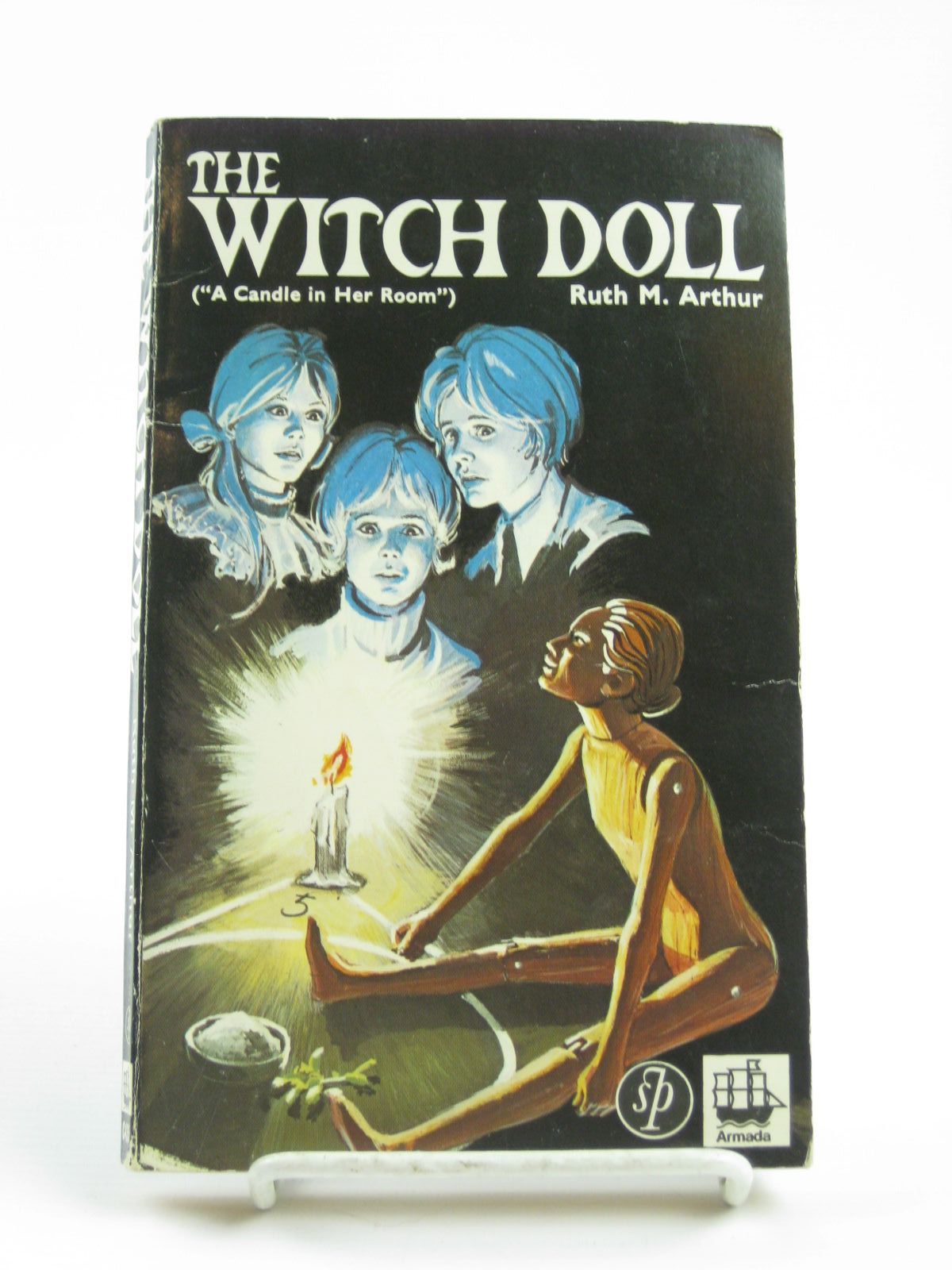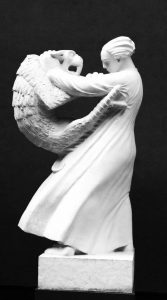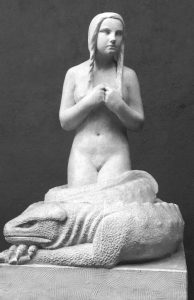The duality of human nature is one of my favourite topics to write about, that’s why when I was invited to be a part of American Monsters, I immediately though about the lobisón; the Guaraní myth of the seventh male son becoming a wolf when the moon is full.
The word werewolf is often associated with fur, claws and fangs. Monsters howling at the moon. But besides all the horror movies clichés, the myth itself speaks about something else; the horrifying idea that someone you’ve met could turn into someone (or something!) completely different in just a split second. The fear that rationality can evaporate and unleash that inner, wild part of ourselves that we try so hard to control. No matter how civilised, rational and well-adjusted a modern man can be, he is still at the mercy of the moon phases. At the mercy of his own hidden nature.
But who benefits with supressing that wild part of the human soul? Despite some concessions must be made in order to coexist with others in a healthy society, institutions like the Catholic Church have gone too far in what repression concerns.
In my short story The Eyes of a Wolf, an orphan named Estanislao is forcefully adopted by a priest in a middle-of-nowhere town in Entre Rios, Argentina. Even though the boy is doomed to become a werewolf, the priest tries to raise him a good catholic. Just like the Church tries to bury that dark part of ourselves where there is lust and desire. But at the same time, the priest fails to bury his own shameful desires for the boy.
And when another young man named Tobias arrives town and Estanislao falls in love with him, there is simply no way to keep that wild, shadow side of him restrained. Tobias, like the full moon in the werewolf myth, is the trigger for Estanislao to reveal his true nature. Just like in the cheap horror movies I love so much the wolf transformation scene carries broken bones, growing fur and painful changes, confronting your own true self involves pain. And exposing that true self can be even more painful, even dangerous in a society that is becoming more and more conservative and fearful of everything that exceeds the norm. In Estanislao’s case, he has love waiting for him on the other side. The love that accepts us for who we truly are, and knows nothing about race, class or gender.
In times like these, when the Church aligns with the right-wing governments in an alarming manner (especially in Latin America) and true horrors like racism, misogyny and hate crimes against LGBT people flood the news, maybe we should look deeper into our inner wolf. Love and nurture ourselves during our painful transformations, and break free from what is keeping us bound, tamed, afraid. Find in the strength and the passion of our beasts, the freedom to be ourselves. And the courage to fight for that freedom before is taken away from us.

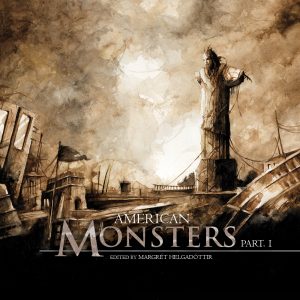
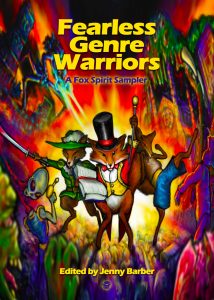
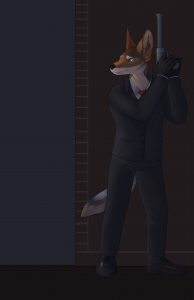

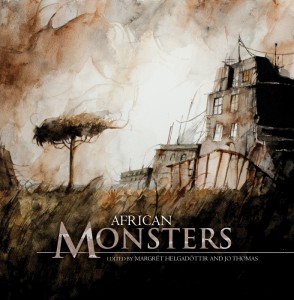
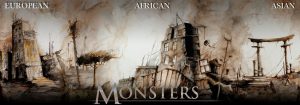
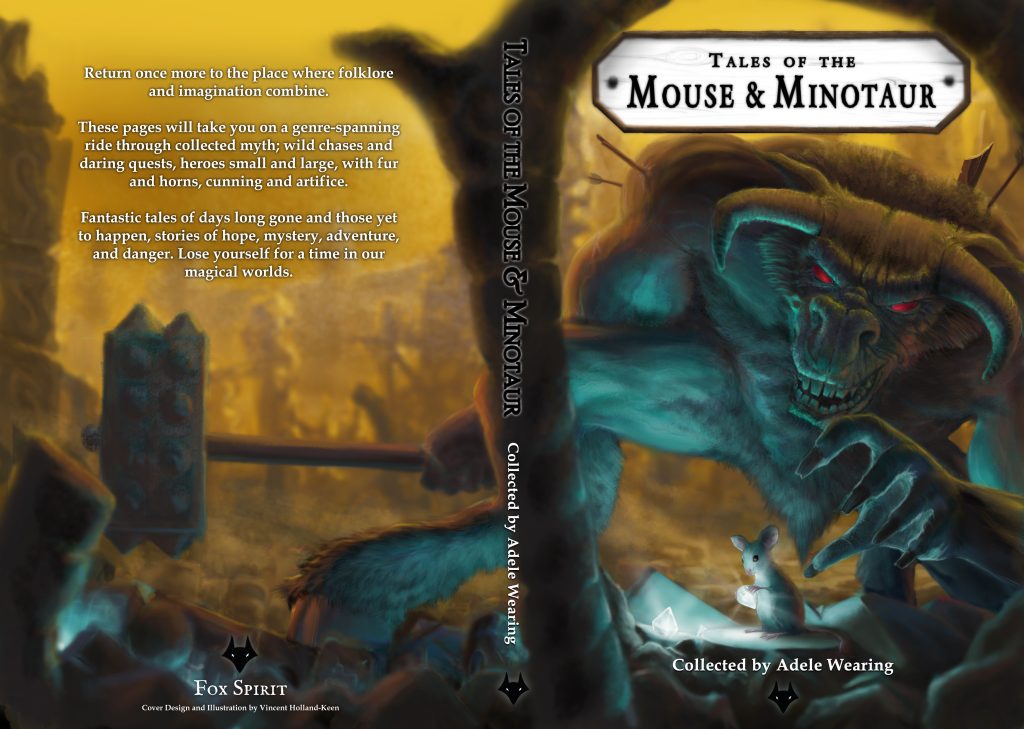
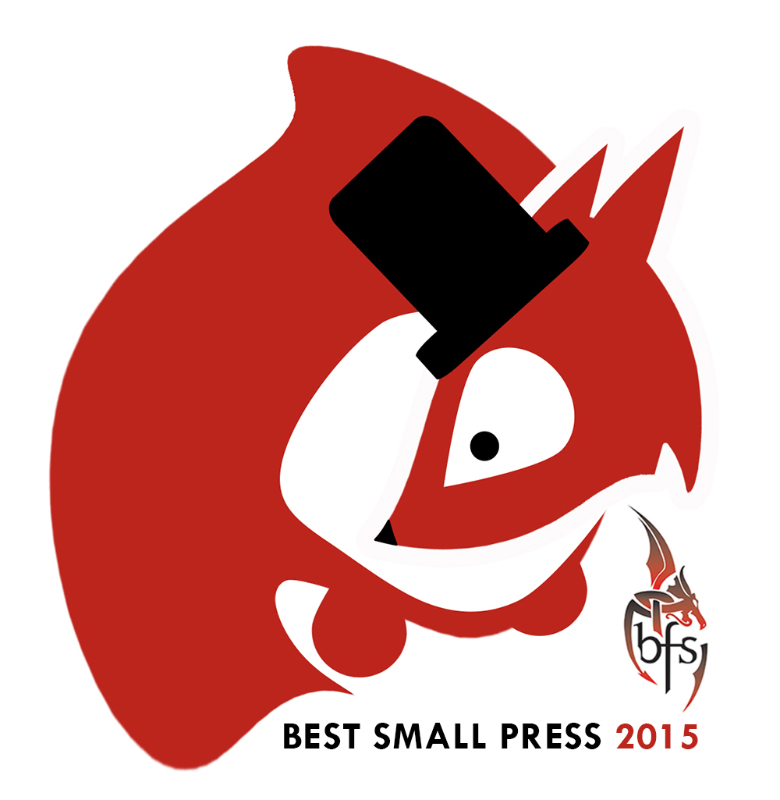
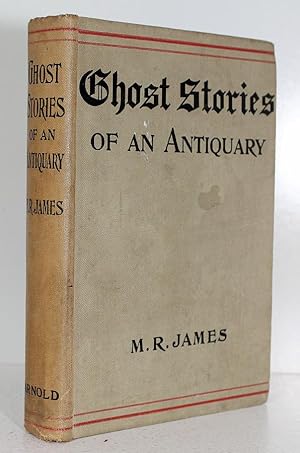 Haunted Objects.
Haunted Objects.